Learning Theories, Models, and Inclusive Teaching Assessment
VerifiedAdded on 2023/06/12
|13
|883
|374
Essay
AI Summary
This essay provides a comprehensive analysis of various learning theories, principles, and models, emphasizing their application in teaching and assessment. It explores behaviourism, constructivism, cognitive theory, connectivism, and humanism, illustrating how understanding these theories enables educators to connect with diverse student needs. The essay highlights the importance of identifying individual learning preferences to foster inclusive teaching and maximize student potential, leading to improved understanding and academic success. Furthermore, it discusses the roles and responsibilities of educators in nurturing children's learning, promoting independence, and instilling resilience. The essay also touches upon relevant legislations, regulatory frameworks, and codes of practice, such as the Children's Act 1989 and the Equality and Diversity Act, underscoring the legal and ethical considerations in education. It concludes that a thorough understanding of learning models and student preferences is crucial for educators to foster knowledge and effective learning.
1 out of 13
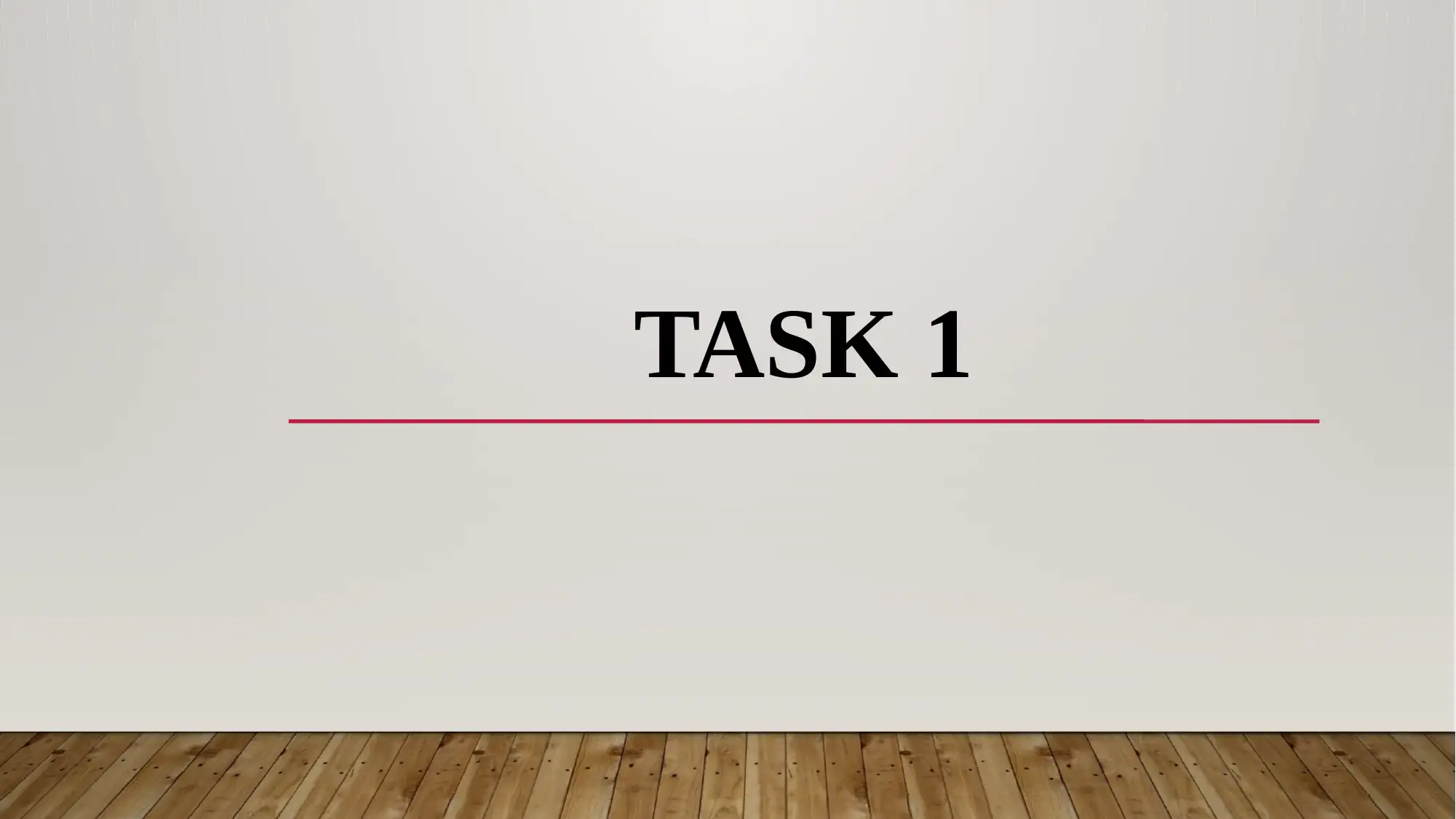
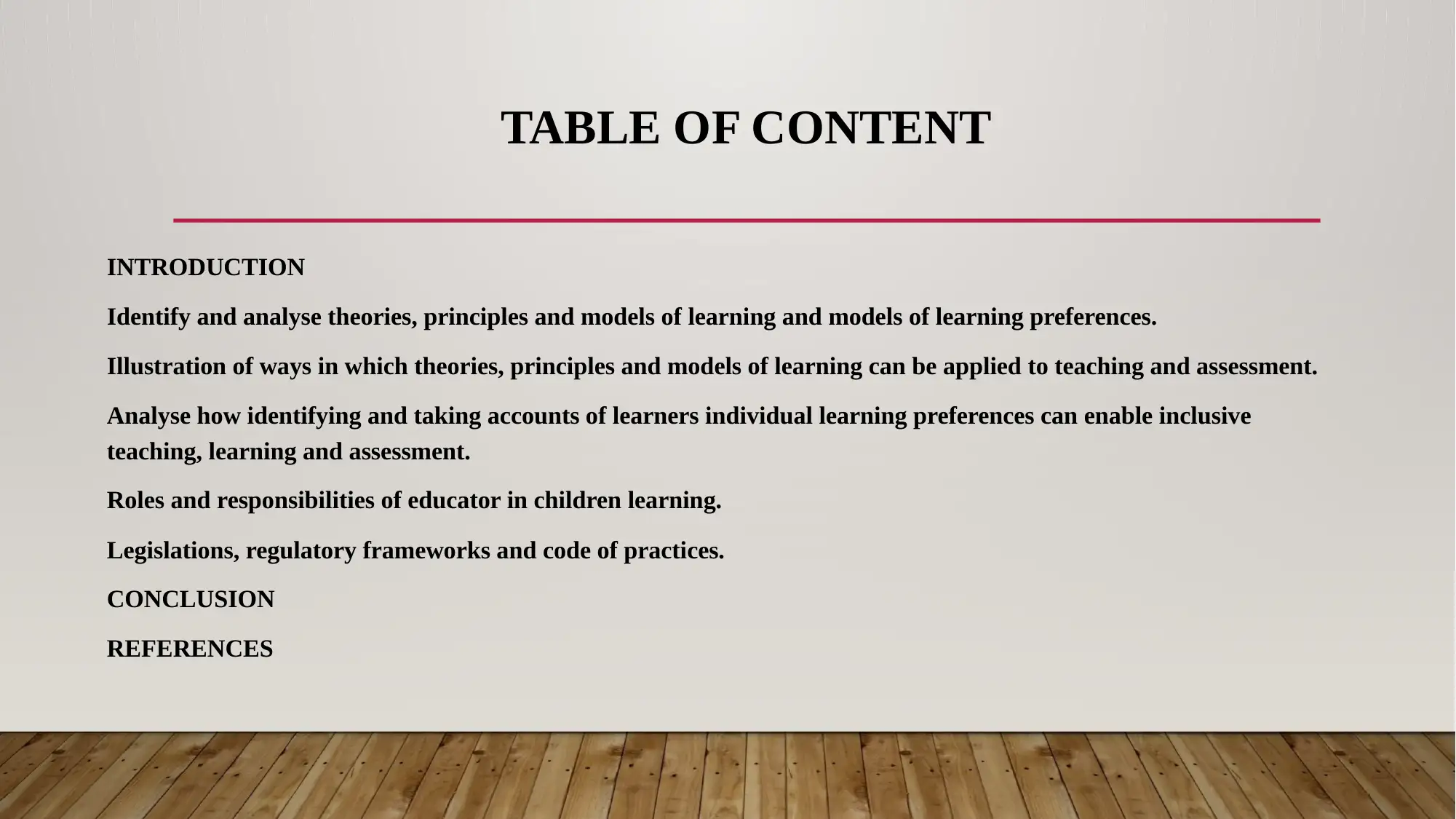
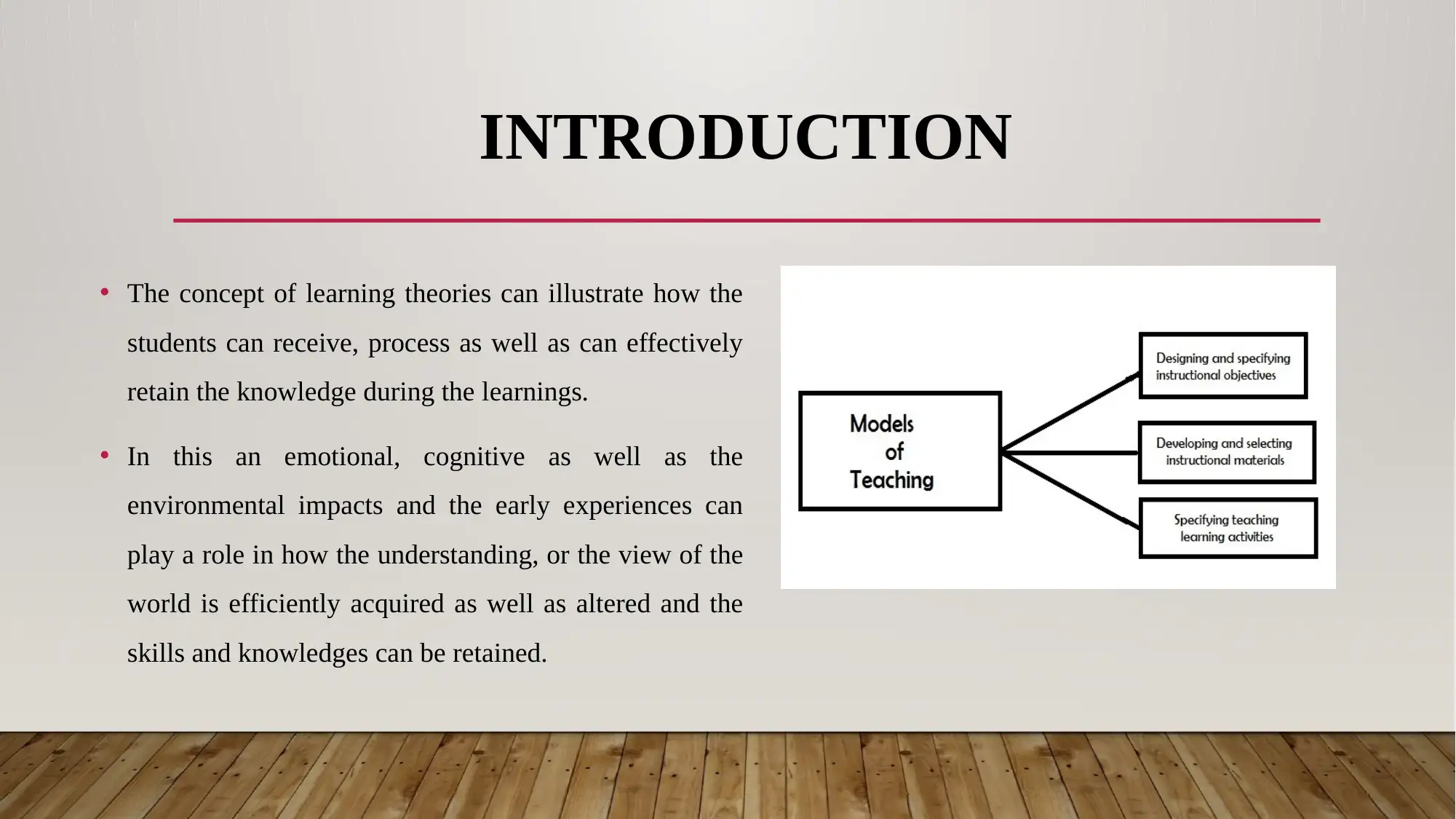

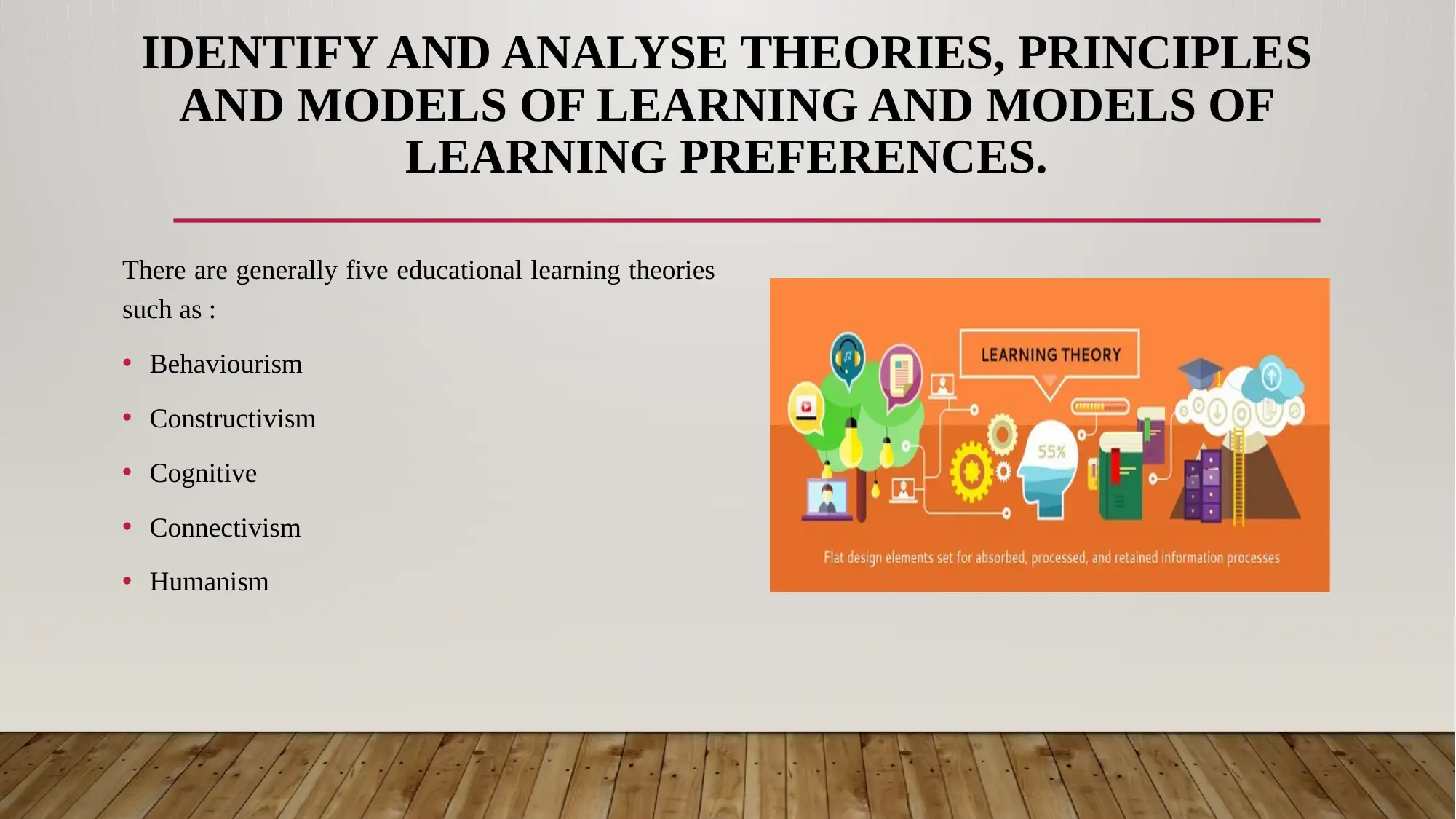
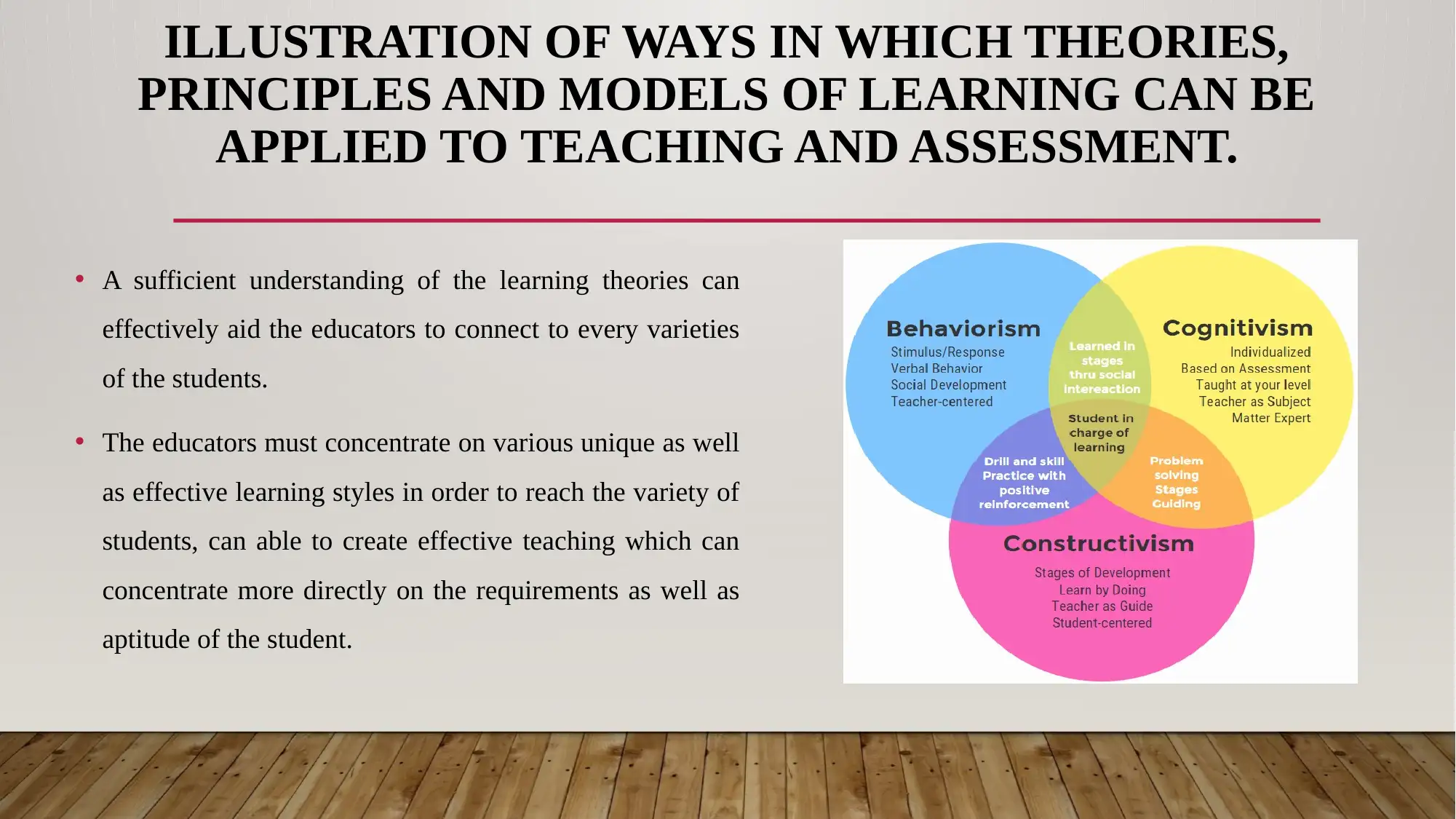
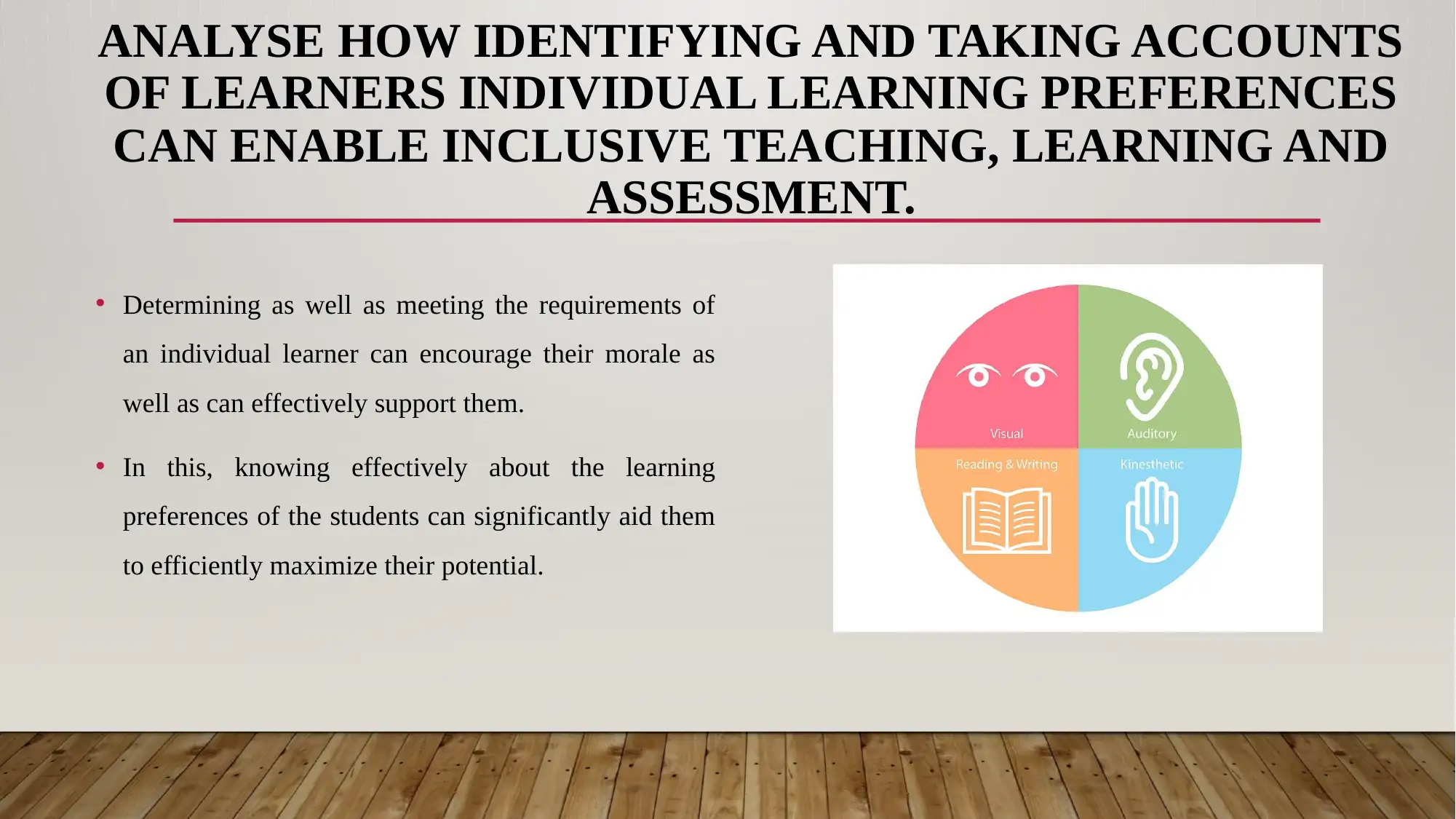
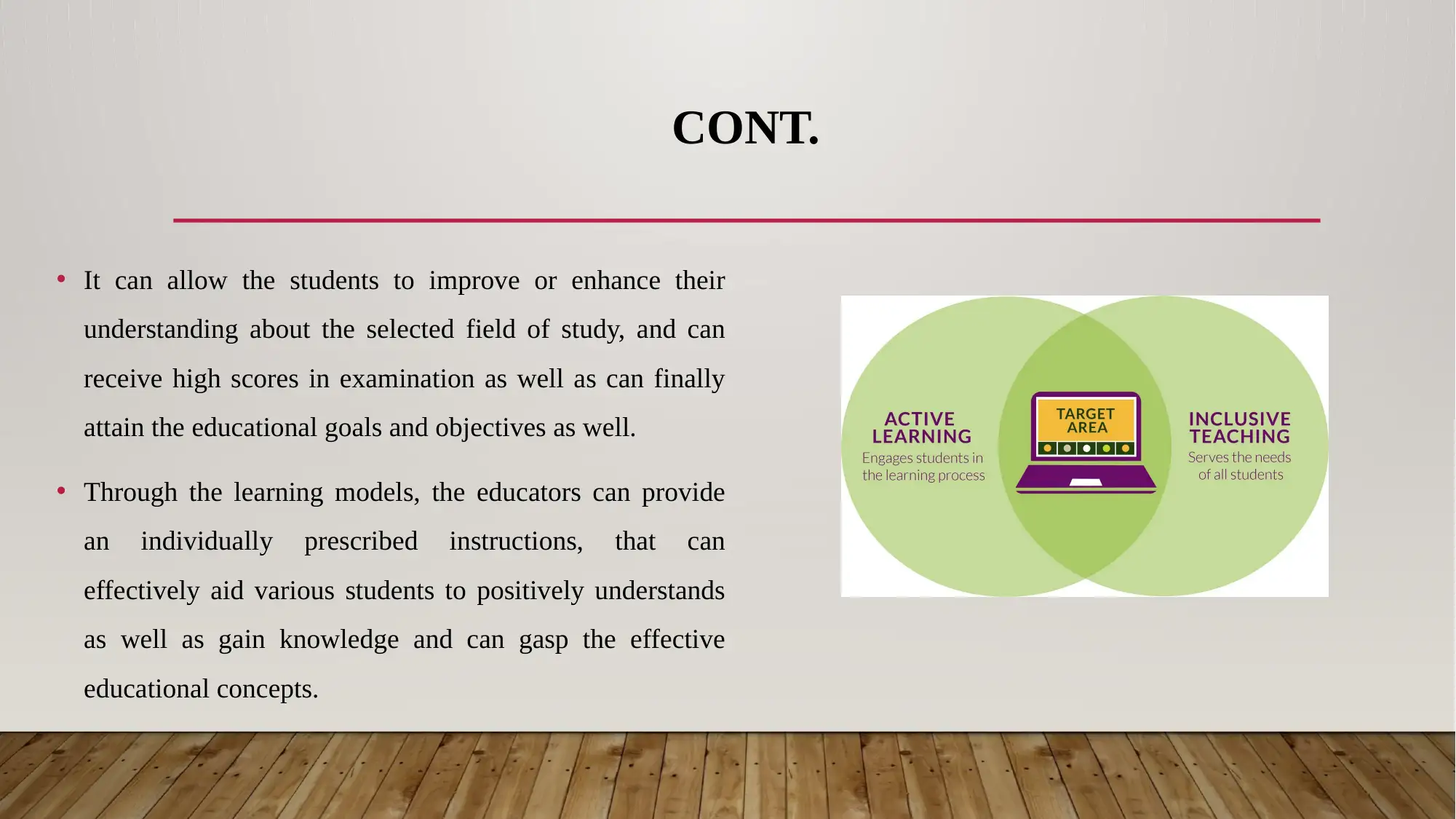
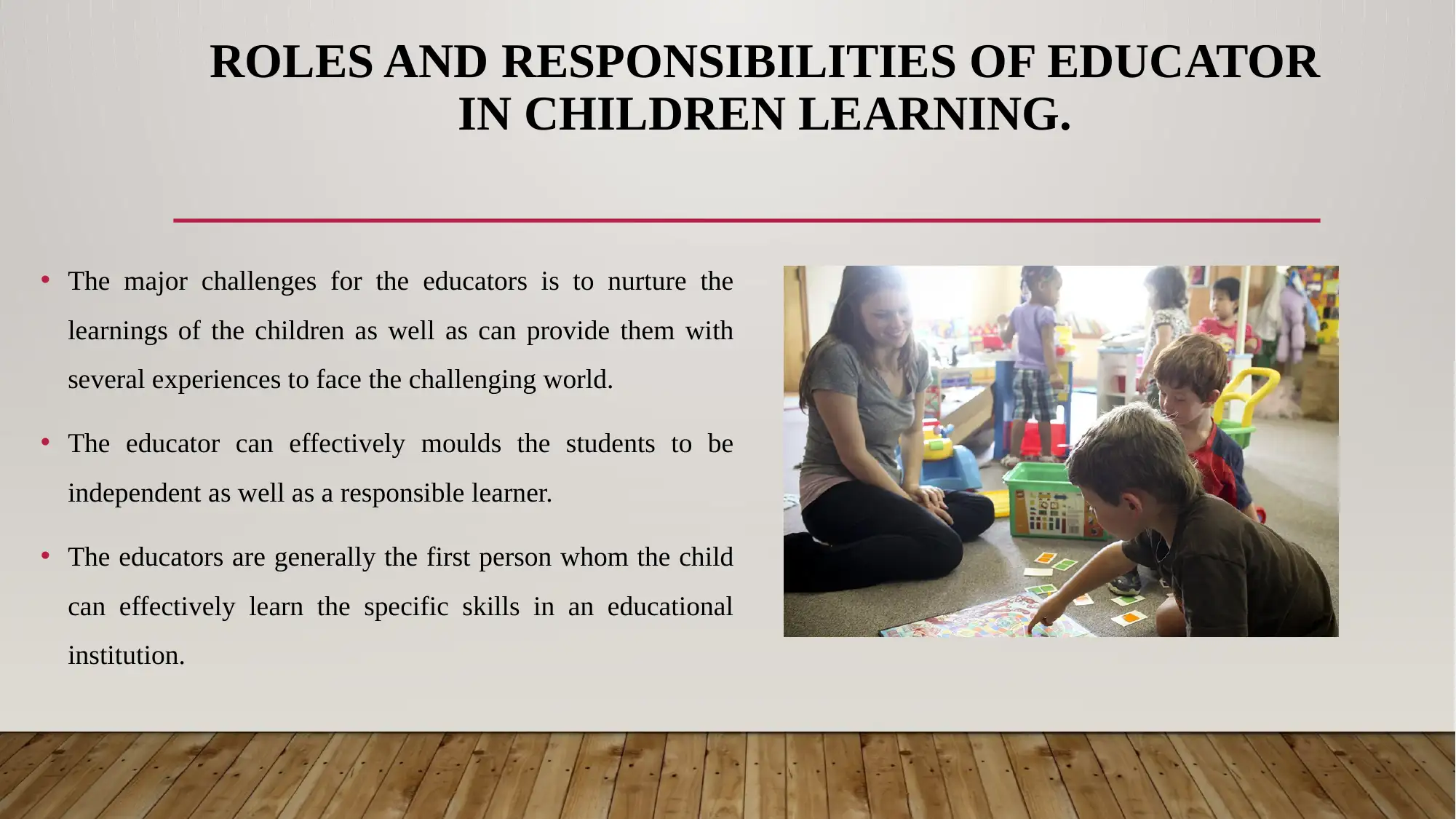
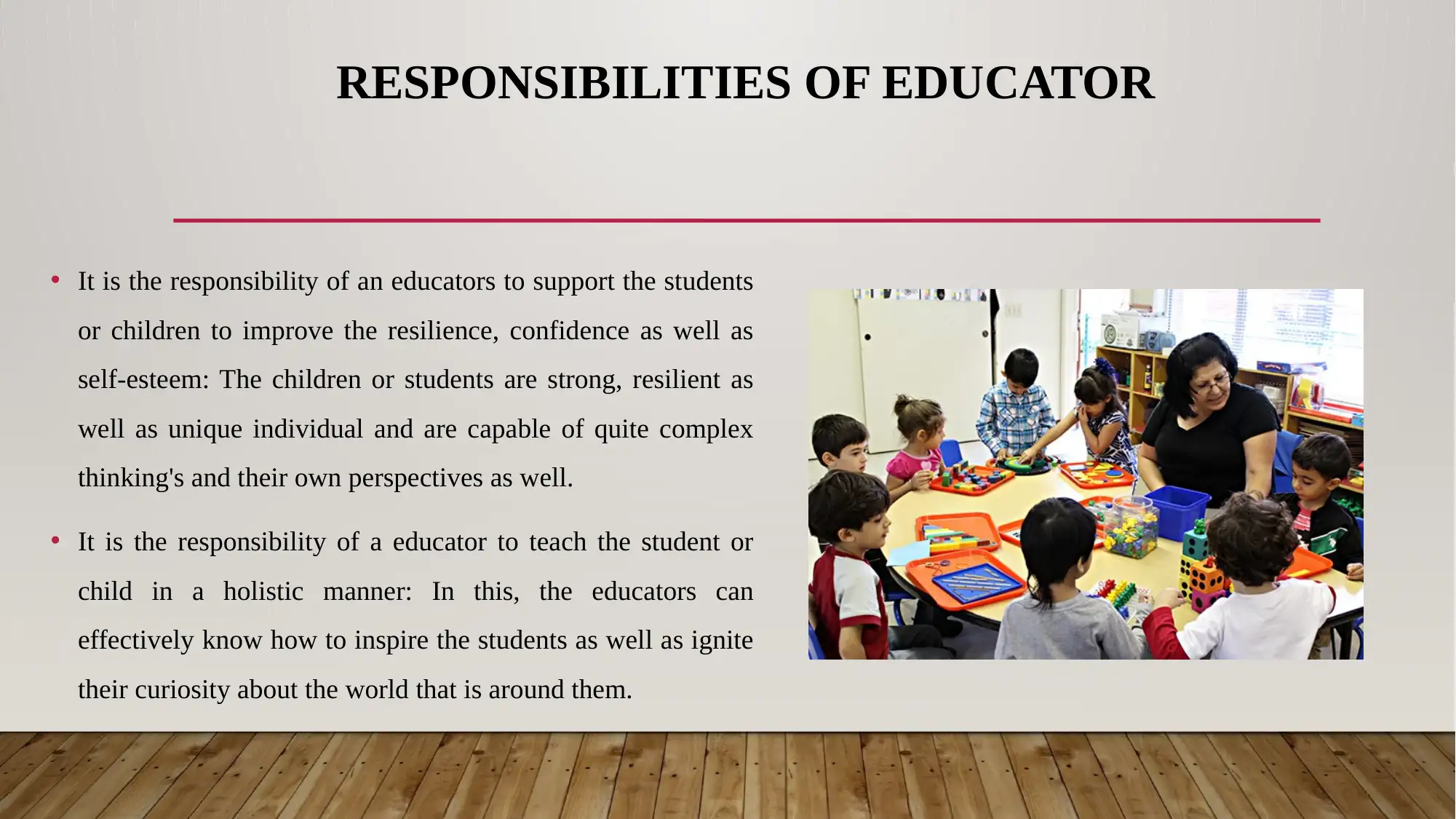
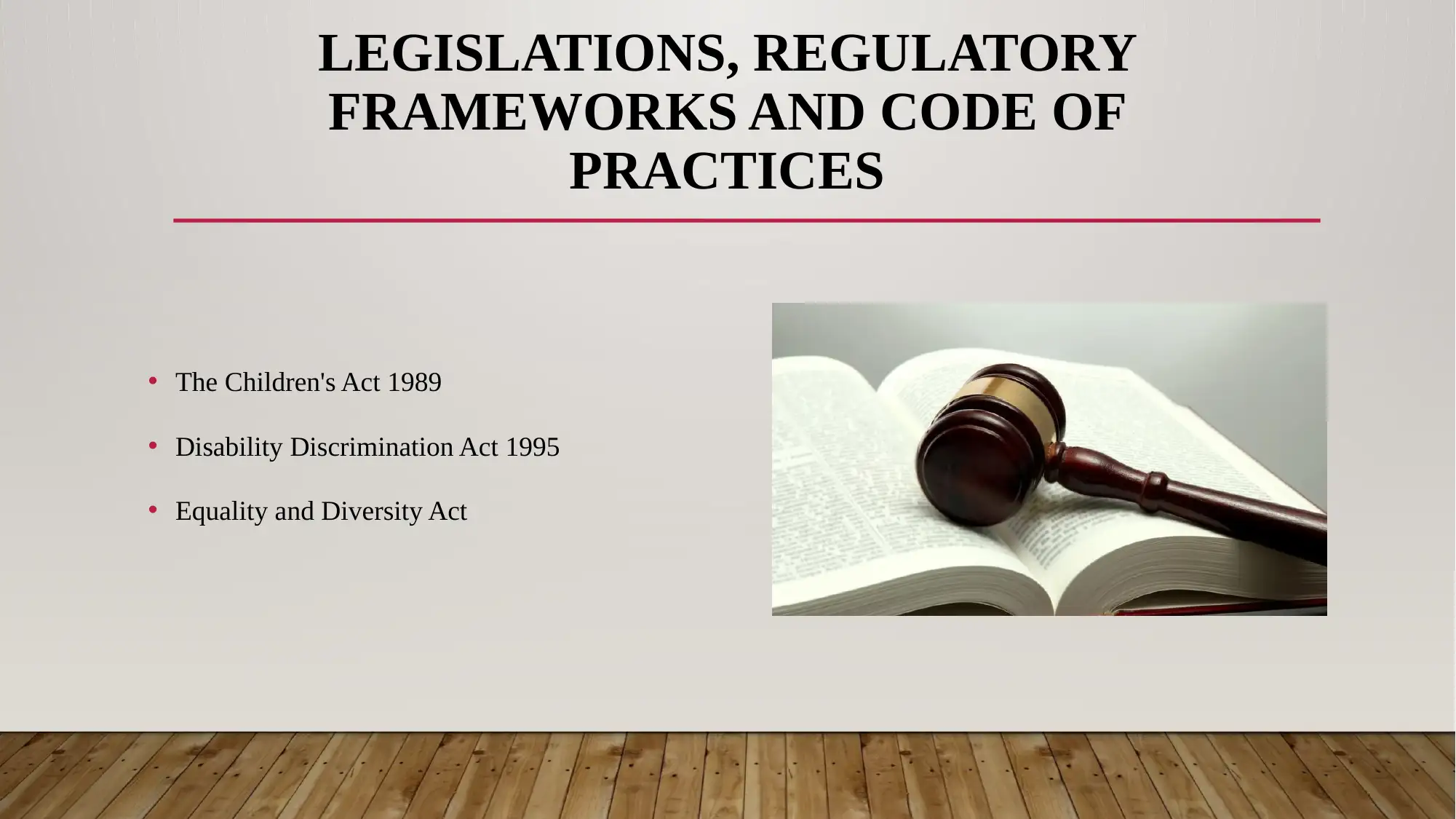
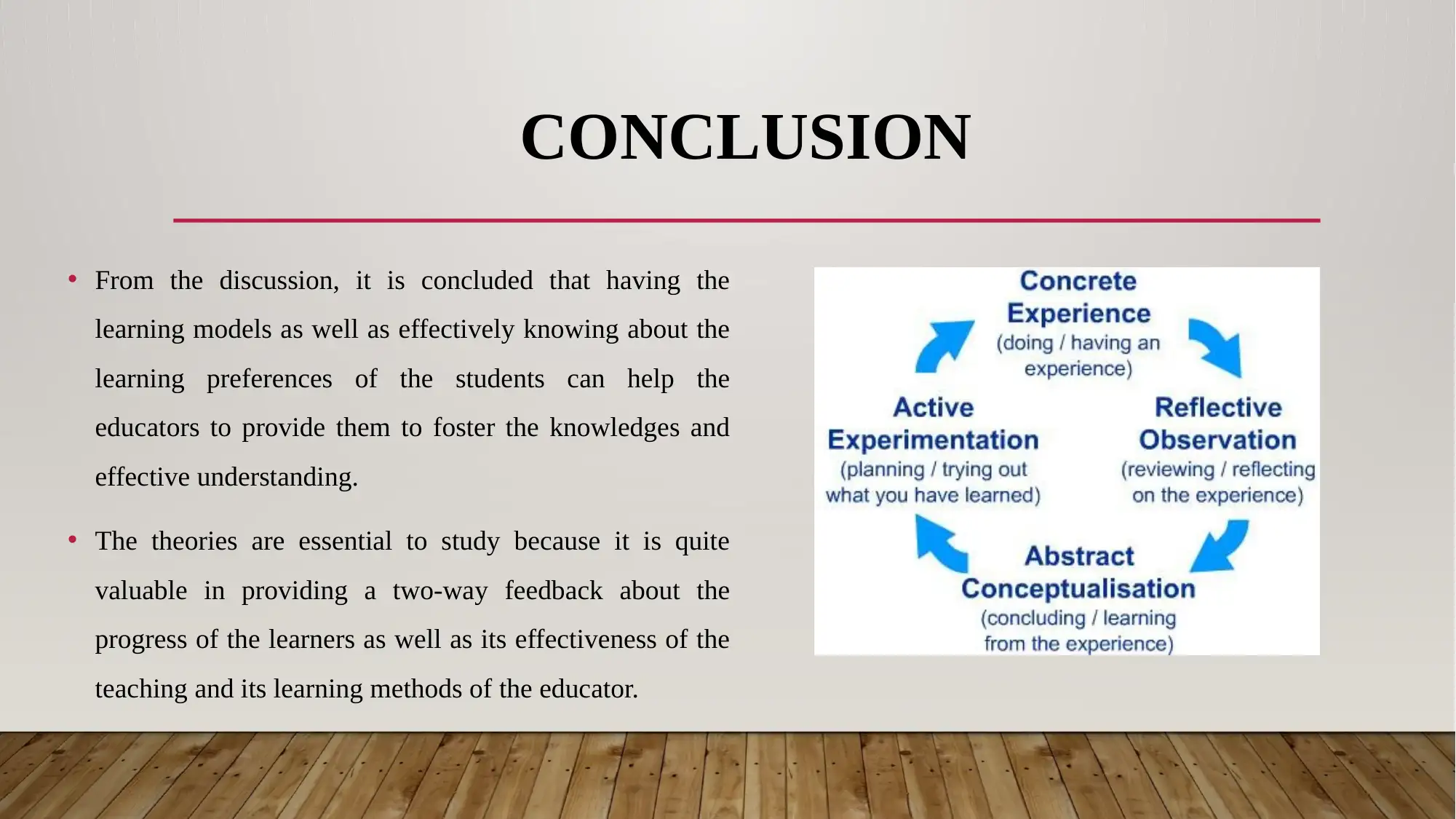
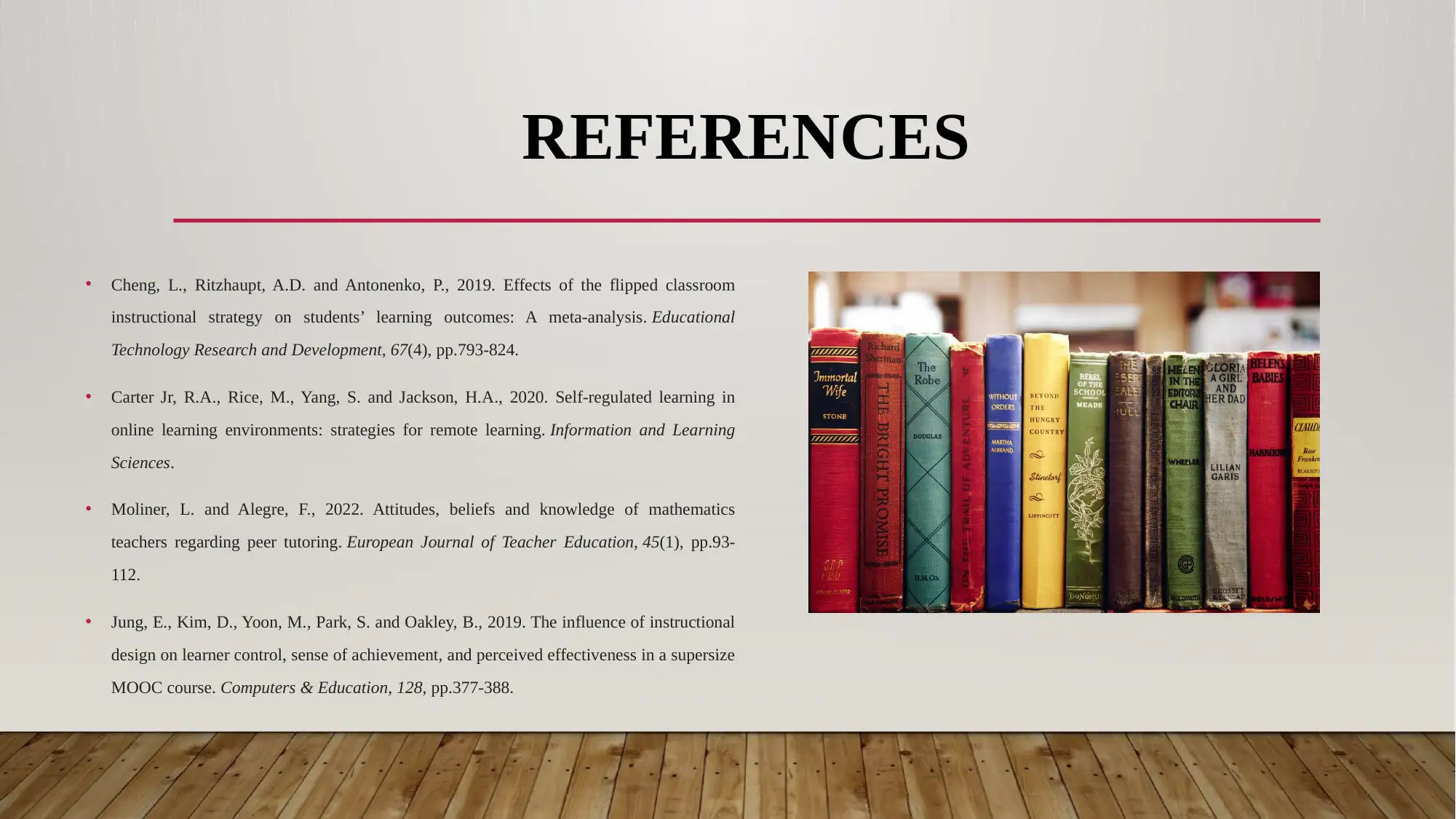





![[object Object]](/_next/static/media/star-bottom.7253800d.svg)